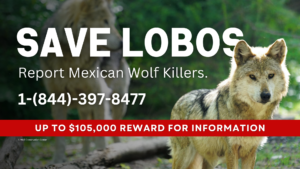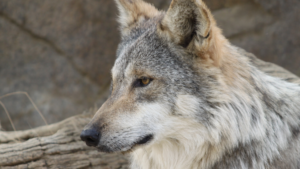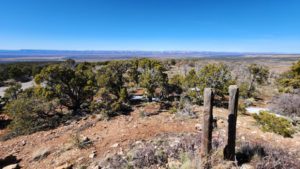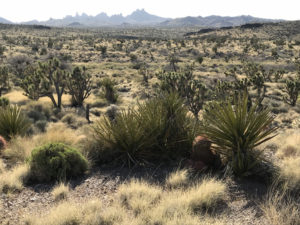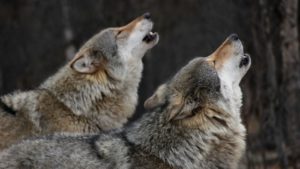Pygmy rabbits were first discovered in central Idaho in Pahsimeroi country by naturalist C. Hart Merriam in 1890.
The tiny one pound rabbits are the only rabbit to dig their own burrows, requiring dense sagebrush with deep soils to do so. In winter, the rabbits tunnel through the snow.
Pygmy rabbits depend on sagebrush for 99 percent of their winter diet. Sagebrush also provides them with critical cover from predators. In fact, pygmy rabbits are the only arboreal rabbits, climbing sage brush to nibble on its greens.
Unfortunately, gas and oil wells, livestock grazing, and aggressive habitat alteration projects fragment pygmy rabbit habitat leaving pygmy rabbits isolated from each other and unable to keep their genetic diversity viable. Being too shy to cross roads and too exposed to cross disturbed sage brush without predation, pygmy rabbits need remaining sage-steppe communities preserved and disturbed sage brush communities restored to ensure contiguous pygmy rabbit habitat.
Pygmy rabbit habitat fragmentation
The geographic range of pygmy rabbits once spanned more than 100 million acres across eight western states (Montana, Idaho, Wyoming, Utah, Nevada, California, Oregon and Washington). That range has declined to fragmented portions of 7 million to 8 million acres.
Only three large populations of pygmy rabbits remain, and even these are divided by habitat fragmentation and human impacts. Pygmy rabbits do not disperse well and are reluctant to cross open areas, multiplying the effects of fragmentation. Fragmentation and loss of large sagebrush habitat are rampant throughout the rabbits’ range. Livestock grazing, which occurs on nearly all of the areas inhabited by pygmy rabbits, radically alters sagebrush habitat, removing forage, lowering the nutritional value of grasses, spreading exotic weeds and diseases, collapsing burrows and attracting predators.
|

WWP’s Biodiversity Director, Katie Fite, explains, “Grazing simplifies and destroys the dense and complex structure of sagebrush necessary to protect pygmy rabbits from eagles and other aerial predators. BLM and the Forest, under pressure from the livestock industry, are essentially carrying out a war on the best remaining pygmy habitats of dense mature and old growth sagebrush. Burning, mowing, chopping, disking and even herbiciding old growth sagebrush are routine BLM and Forest Service activities carried out in the name of restoration and Healthy Forests Fuels projects. This sagebrush killing is identical to livestock forage projects of the past – just called something else.
In 2003, conservation groups including WWP and concerned citizens filed a listing petition to protect pygmy rabbits under the Endangered Species Act. The Fish & Wildlife Service (FWS) rejected the petition. In March 2006 Western Watersheds Project, Biodiversity Conservation Alliance, Center for Native Ecosystems, Oregon Natural Deserts Association, and the Sagebrush Sea Project filed suit to challenge the Services 90-day finding. The litigation was successful and on January 8, 2008 the FWS agreed to a Status Review, the second step to protecting the dwindling pygmy rabbit from industry.
















